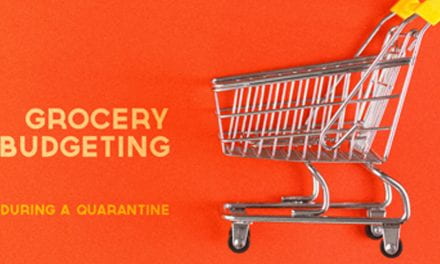In 2007, nutrition labeling became mandatory and all food companies have to include a nutrition label on all pre-packaged food. Since then, packaging labels include a facts sheet, ingredient list and optional nutritional claims.
facts sheet, ingredient list and optional nutritional claims.
But even though they’ve been mandatory for almost a decade, nutritional labels remain confusing and often ignored by people making choices at the grocery store. Big marketing dollars apply flashy labels designed to attract customers with pseudo claims taken out of context from poorly conducted studies.
Labels
Labels include the core 13 nutrients, percentage of daily value and calories. What should you look out for? At the top of the label a “per serving” amount is given. People miss the fact that only a small portion of the actual amount of calories is labeled on an item and can end up consuming more than double the amount listed. It is human nature to consume food in front of you. Instead try a test of will power by doing a “table press” and pushing yourself away from the table. If it is out of sight, it will be out of mind and make it easier to avoid consuming more than you should.
Macronutrients
Listed next on a nutrition label are the macronutrients (fats, carbohydrates and proteins), sodium and cholesterol. Each macronutrient is broken down generally in to trans and saturated fats. Be mindful of the fat content. Not all food items contain bad fat, for example empty calories and fat in potato chips versus the natural healthy fat in avocado. Carbohydrates are broken down in to fibre content and sugars. It is interesting to note that all items are listed as a percentage of daily value- except for sugar. Watch the documentary Fed Up for a detailed view on this issue.
Nutritional Value
When at the grocery store compare products on nutritional value not just price. Unfortunately, there is a misconception that healthy food is more expensive than convenient, low nutritional value foods that appear cheaper on the shelves. Buy foods that you can get multiple meals out of and include a rainbow of colourful foods when putting together a meal. You can avoid the problem by avoiding labels and buying fresh and natural foods. But if you buy from the shelf, actively use nutrition labels to guide your choices when choosing between two similar products; you might be surprised at how easy it is to make healthier choices now that you understand a little more about an oft forgotten list.


